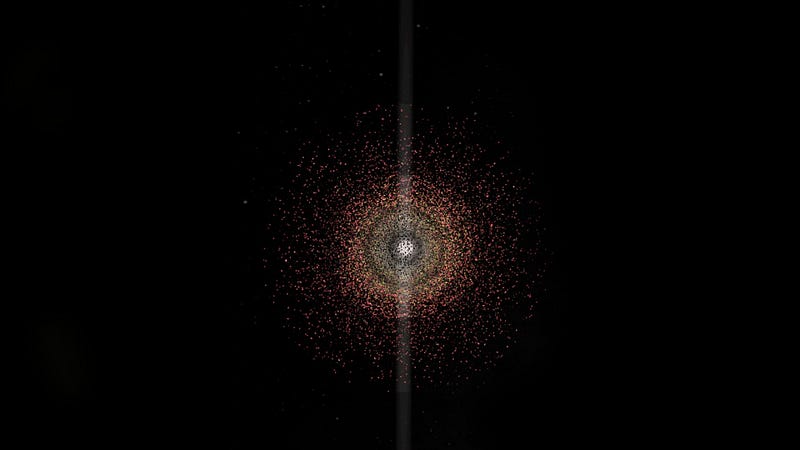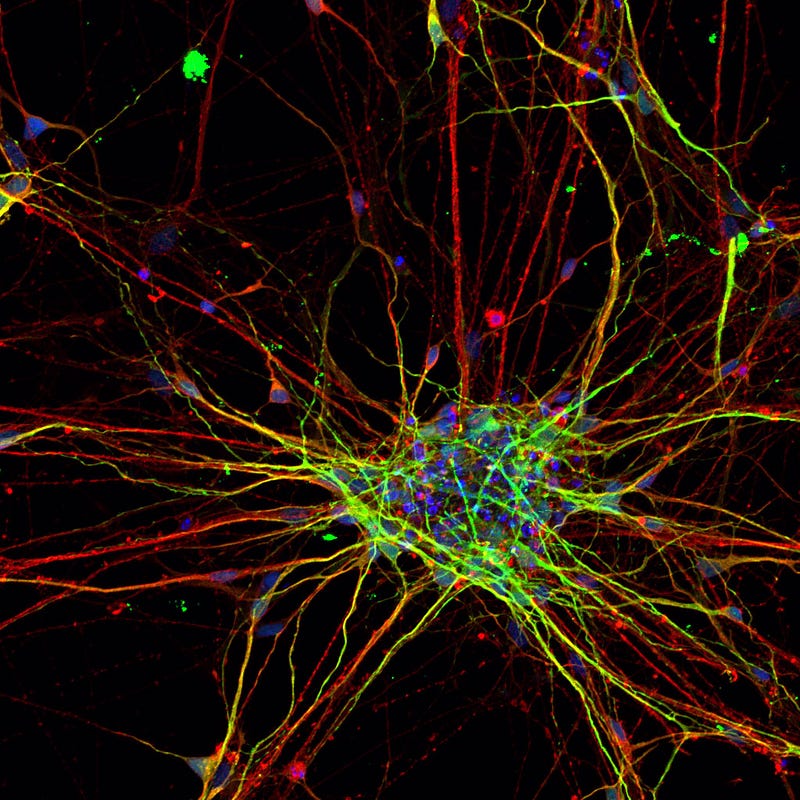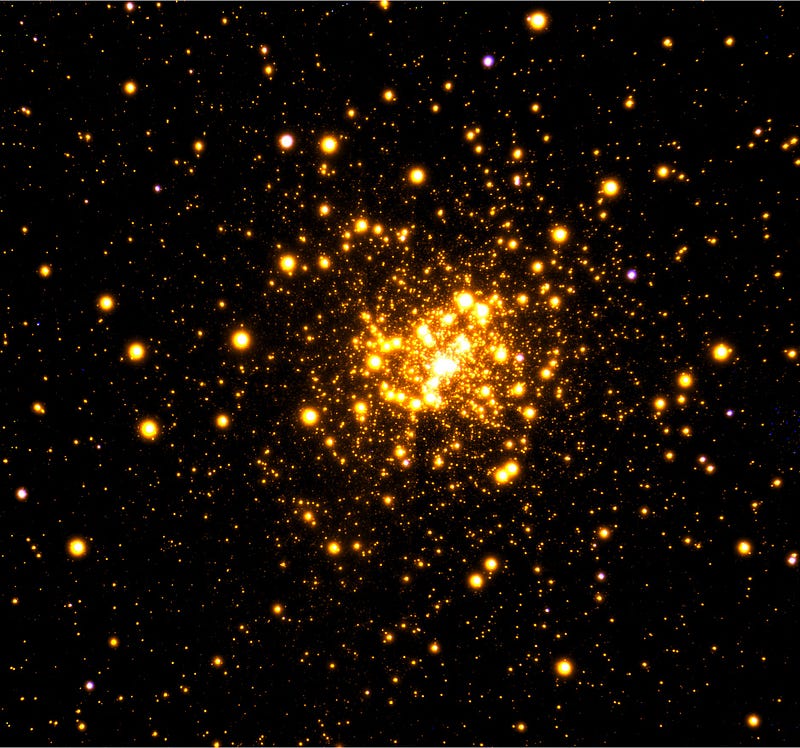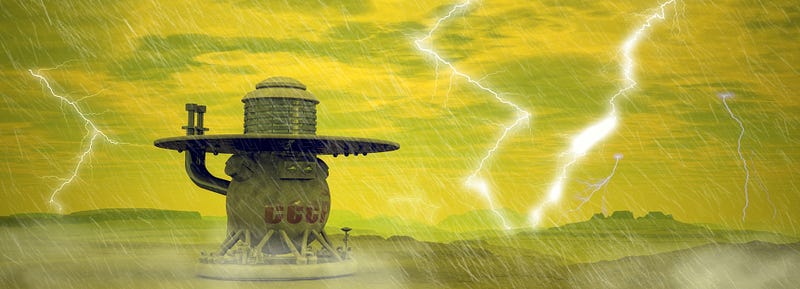The Future of Computing: Exploring the Matryoshka Brain
Written on
Chapter 1: The Concept of the Matryoshka Brain
The Matryoshka Brain presents a visionary idea for the most advanced megastructure of the future. It is depicted as a system of components that operate more like a swarm around the sun than as solid, nested spheres, as illustrated in an artist's rendering by Steve Bowers.

At its core, the Matryoshka Brain is powered by the sun, the blazing center of this ambitious project. It absorbs the immense energy output of 3.8 x 10²? Watts, harnessing this power to operate a supercomputer capable of far surpassing the cognitive abilities of humanity. This colossal brain could address questions that have puzzled humans and may even represent a form of intelligence from an extraterrestrial civilization. However, the creation of such a machine entails significant sacrifices.
The concept of the Matryoshka Brain is rooted in the pioneering ideas of physicist Freeman Dyson from the 1960s. Dyson spheres are theoretical constructs designed to encapsulate stars and collect their energy, allowing civilizations to progress from type I to type II on the Kardashev scale, which measures energy utilization and technological advancement. Humanity has yet to achieve type I status, which would mean harnessing all the energy available on Earth. Type II, the next step, would require the capacity to utilize all the energy of a star. The Matryoshka Brain diverges from the Dyson sphere by focusing on becoming a computational machine, designed to function for hundreds of billions of years, limited only by the lifespan of its host star, with smaller stars enabling even longer operational periods. In the event of a star's demise, the Matryoshka Brain could be relocated to another star system.
To build this supercomputer, extensive resource extraction throughout the Solar System is necessary. The creation of its nano-components demands the dismantling of Mercury and portions of the scorched Venus. Following this, asteroids, moons, and eventually gas giants would be converted into solar collectors. This monumental endeavor would span thousands of years, leaving the Solar System significantly altered and less populated. Overall, the construction would require an estimated 10²? kg of materials.

Once effective designs for the necessary components—such as solar collectors, heat radiators, and computational units—are established, the most efficient production method would involve self-replicating factories. This concept, explored by NASA scientists in the 1980s, suggests that machines capable of self-replication could grow at remarkable rates, similar to bacteria forming large colonies in a matter of hours. According to inventor R. Bradbury, the design and the factories are the two critical elements in realizing a Matryoshka Brain.
The shells surrounding the central star function like a brilliant yellow jewel, casting cool shadows across the remnants of the Solar System. Light from the sun would be captured in layers, with the innermost shell—receiving the highest temperatures—performing computations before releasing residual heat to the next layer. This cycle continues, with each subsequent layer utilizing waste energy to conduct its own computations, gradually collecting nearly all the energy emitted by the star, transitioning from lower to higher levels of entropy.

Over time, the goal of the Matryoshka Brain is to enhance its own efficiency and self-optimization, producing less heat while solving problems more quickly. By reducing heat output, components can be positioned closer together, enabling faster computations. Although a design with greater distances between components is simpler, it complicates synchronization across thoughts, necessitating slower calculations to maximize thought capacity. This capacity is vast, constrained only by the mass and energy resources available in the Solar System. Nevertheless, beyond the remarkable engineering of these supercomputers lies an intriguing question: what would a Matryoshka Brain actually be used for?
With its immense processing power, a Matryoshka Brain could simulate entire worlds in real-time for an unfathomable number of inhabitants—10 billion trillion trillion people—unaware that their universe is crafted by a machine orbiting a waning star.

The Solar System is rich in resources, and silicon from Venus would serve as a vital raw material for constructing the computer's microprocessors. Efficiently utilizing all available materials is crucial for building the Matryoshka Brain. Once all moons, asteroids, and planets have been transformed, our existence may be confined within the machine itself. Bradbury speculated that another civilization, uninterested in interstellar exploration, might choose to reside within their own creation, patiently awaiting contact from another advanced species in the future. Regardless, a Matryoshka Brain would have ample time to wait, as these structures are among the most powerful and enduring entities imaginable. Like Dyson spheres, they could offer explanations for cosmic phenomena such as gravitational microlensing or missing stars in galactic halos.
The Matryoshka Brain represents a technology that transcends our current capabilities and possibly our imagination. It embodies a vision of the future—one that could dismantle celestial bodies and systems that have existed far longer than humanity itself. To explore the boundaries of physics and technology, we must first ponder what those boundaries might be. The act of dreaming about seemingly impossible projects is an inherently human trait.
The first video, "Matrioshka Brains: Star-Powered Computers," delves into how these proposed structures could utilize stellar energy for computing, exploring their potential applications and implications.
The second video, "The Matrioshka Brain: How To Turn The Solar System Into A Computer | Answers With Joe," discusses the transformation of our solar system into a computational entity and its far-reaching consequences.